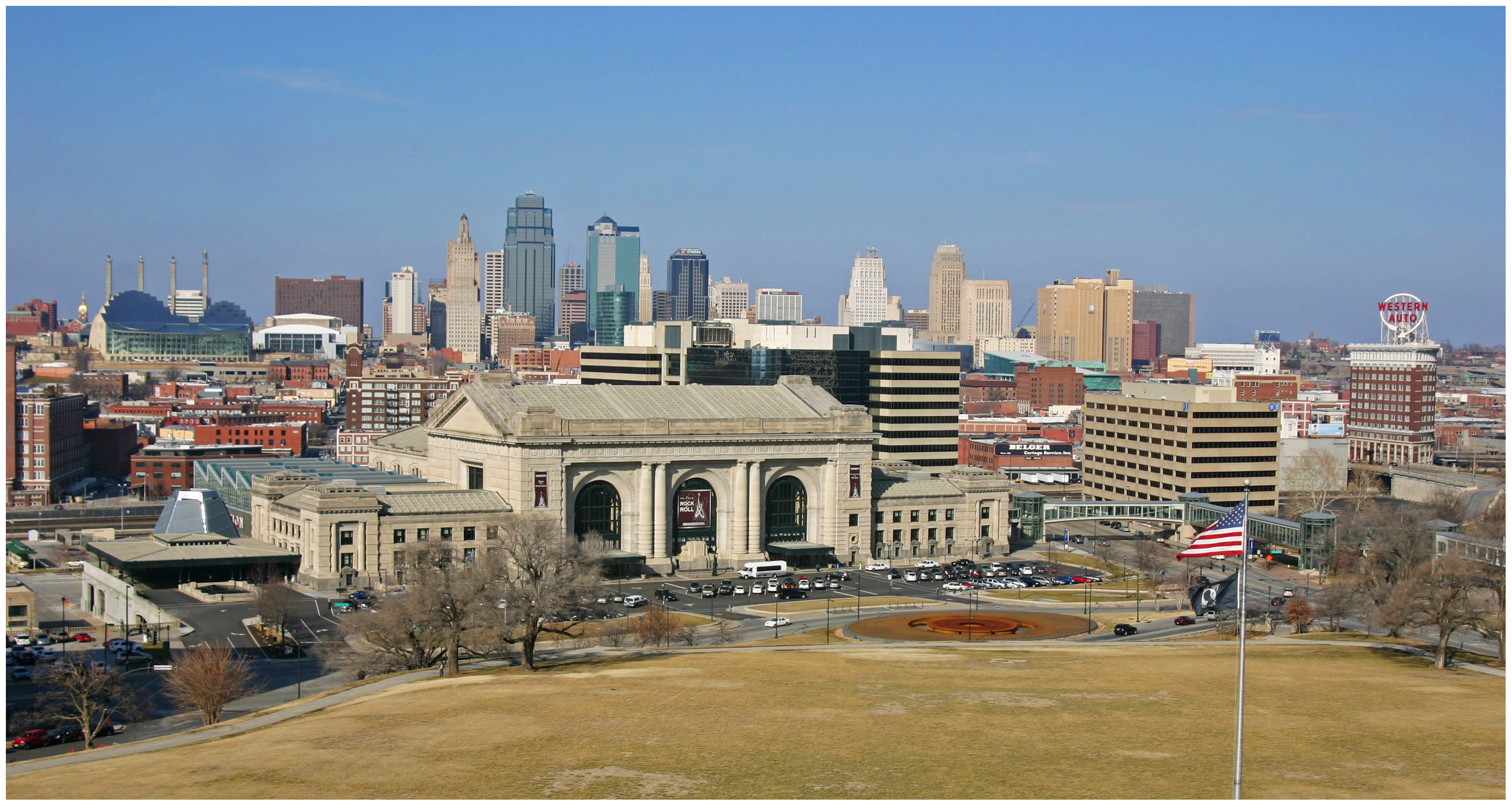Media Bridges to close by the end of 2013
Media Bridges, “Cincinnati’s Community Media Center,” will be shutting down this year due to a lack of funding. The organization currently operates Cincinnati’s public access television stations, a radio station, and provides training and equipment to allow members of the community to create video and audio productions for these outlets.
Up until 2011, the organization was funded by Time Warner Cable, as required by the state of Ohio. After TWC lobbied the state to end this requirement, the City of Cincinnati stepped in to provide temporary funding for one year. However, funding was eliminated in the most recent budget. Officials cited feedback from the city’s “priority-driven” budgeting process, where residents ranked the organization as a low priority. More from CityBeat:
The city’s budget cuts were originally considered in December, but City Council managed to restore some funding to keep the organization afloat. Prior to the partial restoration, Bishop told CityBeat the cuts would be a “meteor” to his organization’s budget.
City officials back then defended the cuts to Media Bridges, citing city surveys that ranked the program poorly in terms of budgetary importance. For the surveys, the city used meetings and mailed questionnaires to gauge public opinion.

